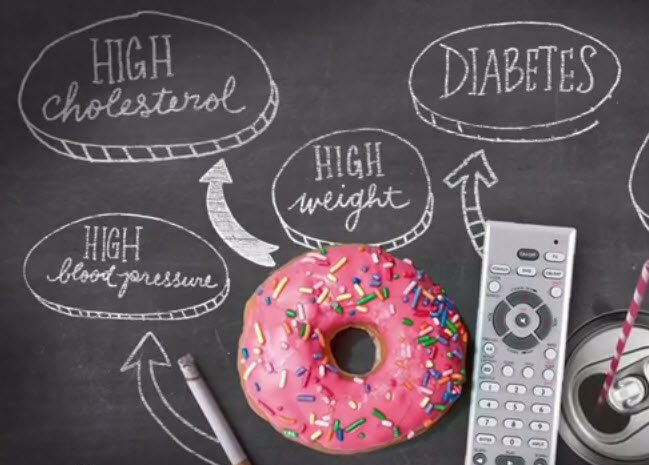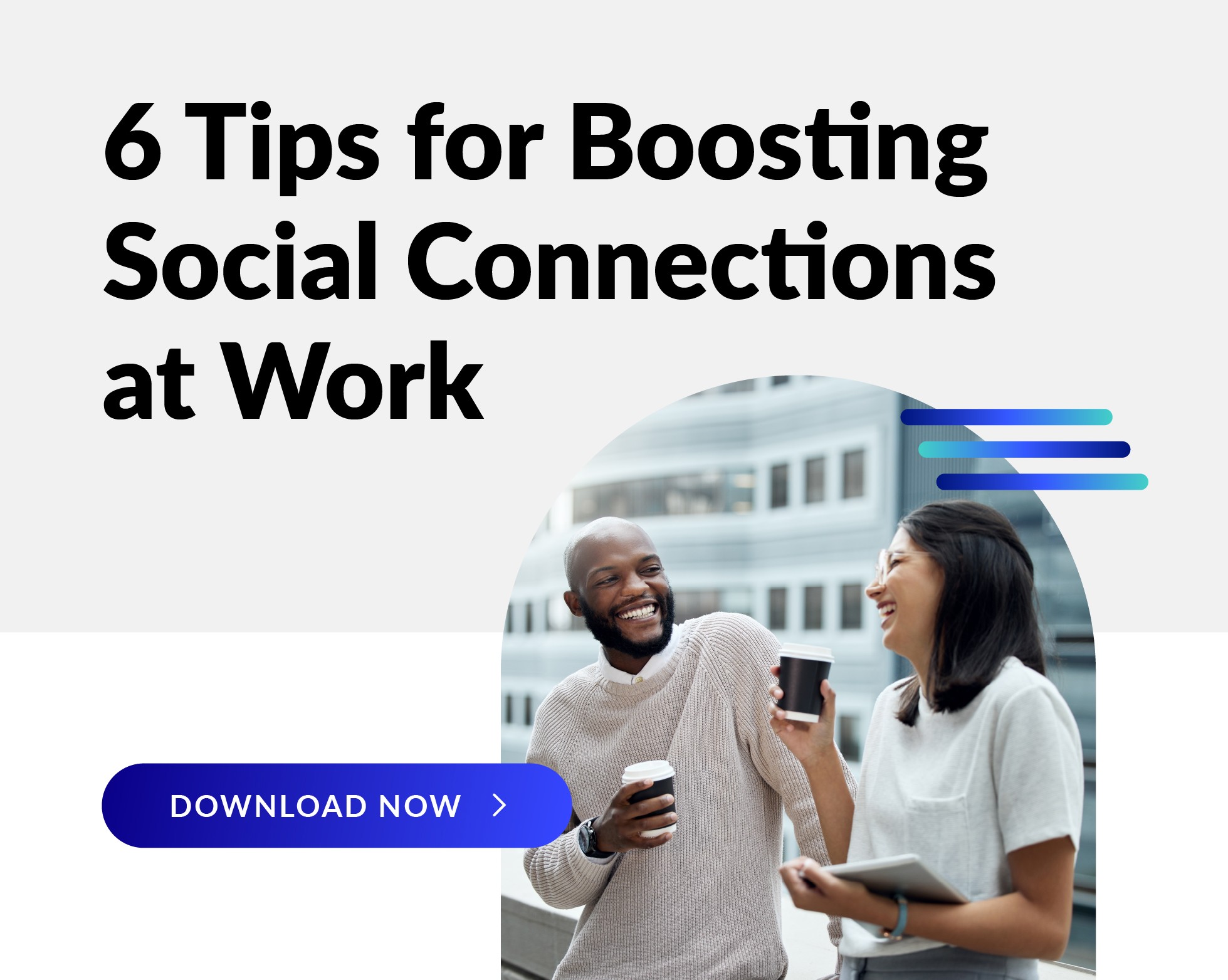There are so many things to communicate around wellness, but explaining coaching is a challenge all of its own. In order to improve outcomes across your population, people have to first understand how coaching works, why they should participate, and how it can help them. Here are 10 tips for effective health coaching communications. Above all, remember to keep it simple and easy to understand.
1. Communicate early and often
Don’t wait until the week before your program launches to tell people about the coaching program. Start “priming the pump” with communications a month or two before program launch to ensure that people are prepared and excited to participate. Recent research by Buck Consultants of Xerox [1. “Employers Worldwide Step Up Investments in Workers’ Wellness; Look to Wellness to Drive Company Performance,” 6 Aug 2014] found that communicating about company wellness programs directly correlates to significant cost savings from those programs.
2. Tell people exactly what will happen, when, and how
You’ll never answer everyone’s questions or appease all of their concerns, but being completely open and honest with people will get you a lot closer. Tell them about the program, how they can qualify, and what is expected of them. Transparency goes a long way to ensuring that the roll-out is smooth and avoiding the bait-and-switch feeling that happens when people expect something completely different from what they experience.
3. Add an FAQ
We hear the same questions over and over again. Chances are your population will have a subset of questions that can be addressed at the outset to help avoid confusion once the program gets going. We can help you put together this FAQ as part of the communications that go out before or during launch. Ask us!
4. Make the program fun
Health coaching is fun—honest! Coaching clients get a health expert who partners with them to help in every way they can to lead to the healthy behavior changes that people want to make. Sure, it can be tough at times, but in the end those coaching clients are closer to enjoying the quality of life they want. And that’s a great, positive—and yes, fun—thing! Make sure this comes through in your communications.
5. Coaches are human, too
Coaches are real people, of all ages, genders, and types. They struggle with the same health and lifestyle challenges as everyone else. (They like cake and cookies, too!) Some people feel like they won’t connect with a health coach because coaches must be fitness/nutrition/whatever freaks who live perfectly healthy lives. Highlighting some of our coaches’ bios in program communications can help break down some of these perceived barriers and create honest, authentic connections between coaches and clients.
6. This is a really valuable service
Highlighting that this is a free service, provided to your employees or members solely for their benefit, can be a powerful message, especially when you give some examples of how much these services would cost if it came out of their own pocket. An hour session with a personal trainer runs around $60-$80, a session with a registered dietitian anywhere from $75 on up. These are rough numbers that can vary, but they help demonstrate that this is a valuable service that their employer or health plan is giving to them, free of cost.
7. Have coaches out for a visit
In-person communication is a great addition to a service that’s as personal as coaching. Our coaches are available to come out and staff health fairs and biometric screenings. This service costs extra, but it can be a powerful way for your population to put names and faces to the voices on the phone. It also helps people get started right away with completing their health assessment and setting up health coaching sessions. We do this for many clients today with very good results.
8. Multi-modal communications
People get information in so many ways, so you need to meet them where they already are. Paper mailings, e-mails, posters, TV banners in an office… be sure to hit as many as you can to reach a larger audience. Sometimes different populations will gravitate to one modality more than others, but you should always have a mix within your population.
9. Reach out to the “I don’t need help” people
There is always a subset of the population who thinks they can’t be helped or don’t need help with their health. These people are often the very healthy—or the very unhealthy. The fact is, our coaches meet people wherever they are with their current health status…good or bad. Our coaches are experts at behavior change, so those who think can’t be helped are actually some of the best candidates for coaching. For those who are already healthy, a coach can challenge them to try new things or become a wellness champion for other employees or family members. Targeted communications to these audiences is an important element to a successful overall coaching program.
10. It’s all about each individual
In the end, you buy coaching to help make your population healthier. Being healthier isn’t limited to just weight, nutrition, and exercise. Our coaches come from a wide variety of backgrounds and specialties. Yes, most of our conversations are around some of the more common lifestyle topics like the ones mentioned above, but we can help people with so much more, and we are participant-focused to ensure we truly help people in their biggest areas of need. If this falls outside of our scope of practice we can refer people to the proper resources, but still act as an accountability network for them in whatever that area might be. Coaching is for everyone, and that should come through in your communications.
Questions? Drop us a line at whsinfo@webmd.net.


